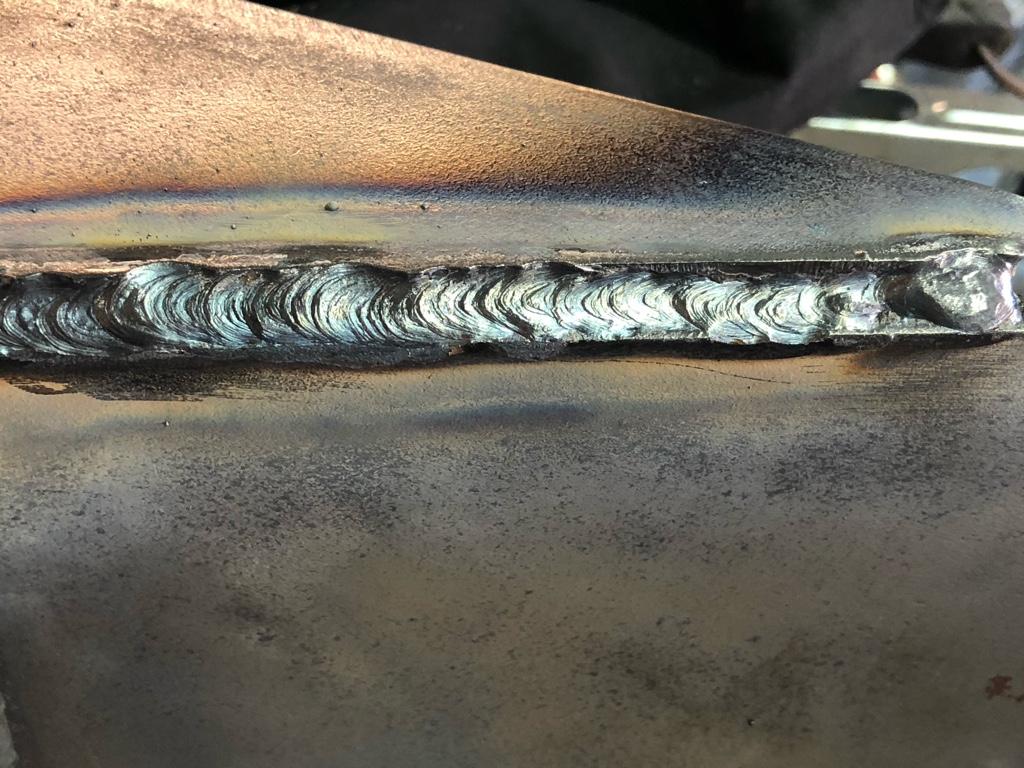Step-by-Step Overview to Preventing Weld Undercut in Different Metals
Step-by-Step Overview to Preventing Weld Undercut in Different Metals
Blog Article
Grasping the Art of Welding: How to Avoid Undercut Welding Issues for Flawless Construction Outcomes
Effectiveness and accuracy are vital on the planet of welding, where also the smallest flaw can compromise the architectural stability of a produced piece. One typical obstacle that welders face is undercutting, an issue that can damage a weld joint and lead to costly rework. By understanding the origin of undercut welding and implementing efficient techniques to stop it, welders can elevate their craft to brand-new levels of quality (Preventing weld undercut). In the pursuit of remarkable manufacture results, grasping the art of welding to stay clear of undercut issues is not simply an ability yet a need for those aiming for excellence in their job.
Understanding Undercut Welding

To avoid undercut welding, welders ought to guarantee appropriate welding parameters, such as adjusting the current, voltage, traveling rate, and keeping the appropriate electrode angle. By recognizing the reasons of undercut welding and executing precautionary steps, welders can accomplish high-grade, structurally audio welds.
Reasons of Undercut in Welding
Recognizing the variables that add to damage in welding is vital for welders to generate top notch, structurally sound welds. When the weld metal does not appropriately fill up the groove formed between the base steel and the formerly deposited weld steel, damaging occurs. Numerous factors can result in damage in welding. One typical cause is too much warm input. Welding at heats for extended periods can result in the base metal melting more than desired, bring about damage. Insufficient welding existing or incorrect welding speed can likewise contribute to damage. Inadequate current might not give sufficient heat to melt the base and filler steels adequately, while excessive rate can stop appropriate fusion, causing undercut. Furthermore, inappropriate electrode angles or incorrect torch control techniques can produce locations of low weld metal deposition, advertising undercut. Recognizing these causes and executing appropriate welding methods can assist prevent undercutting problems, making certain strong and durable click site welds.
Methods to stop Undercutting

To reduce the danger of undercutting in welding, welders can utilize critical welding techniques intended at improving the top quality and honesty of the weld joints. One reliable method is to change the welding criteria, official statement such as voltage, existing, and travel rate, to make sure appropriate heat input and deposition. Preserving an ideal electrode angle and ensuring constant travel speed can likewise help avoid undercut. Furthermore, using the appropriate welding method for the certain joint configuration, such as weave or stringer grains, can add to decreasing damaging. Preventing weld undercut.
Utilizing back-step welding methods and regulating the weld bead profile can also assist distribute warm uniformly and reduce the threat of undercut. Normal evaluation of the weld joint throughout and after welding, as well as applying quality assurance measures, can assist in attending to and discovering undercutting concerns promptly.
Importance of Appropriate Welding Criteria
Selecting and keeping appropriate welding parameters is essential for achieving effective welds with very little defects. Welding criteria refer to variables such as voltage, present, travel speed, electrode angle, and securing gas flow price that directly affect the welding procedure. These criteria have to be thoroughly adjusted based upon the sort of material being welded, its density, and the welding strategy used.
Correct welding parameters guarantee the best quantity of warmth is related to melt the base steels and filler material evenly. If the specifications are set as well high, it can lead to excessive warmth input, triggering burn-through, distortion, or spatter. On the other hand, if the parameters are also low, insufficient fusion, absence of infiltration, or undercutting may occur.
Quality Control in Welding Procedures

Conclusion
In conclusion, understanding the art of welding needs a complete understanding of undercut welding, its causes, and strategies to stop it. By making certain correct welding specifications and implementing high look at more info quality assurance techniques, perfect manufacture outcomes can be attained. It is essential for welders to constantly pursue quality in their welding operations to prevent undercut issues and produce high-grade welds.
Undercut welding, an usual flaw in welding processes, occurs when the weld steel does not effectively fill the groove and leaves a groove or depression along the bonded joint.To stop undercut welding, welders must make sure proper welding parameters, such as readjusting the existing, voltage, traveling speed, and maintaining the right electrode angle. Insufficient welding current or wrong welding speed can additionally contribute to damage.To mitigate the threat of undercutting in welding, welders can utilize calculated welding methods intended at improving the quality and honesty of the weld joints.In conclusion, understanding the art of welding needs a thorough understanding of undercut welding, its causes, and techniques to prevent it.
Report this page